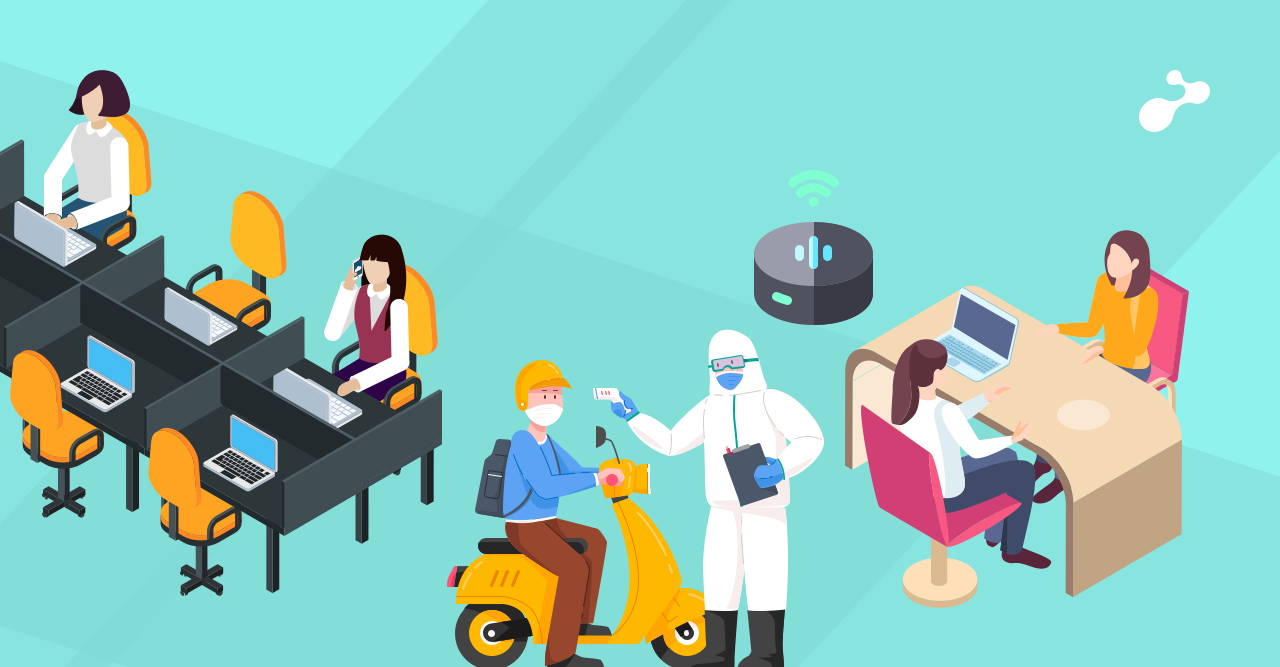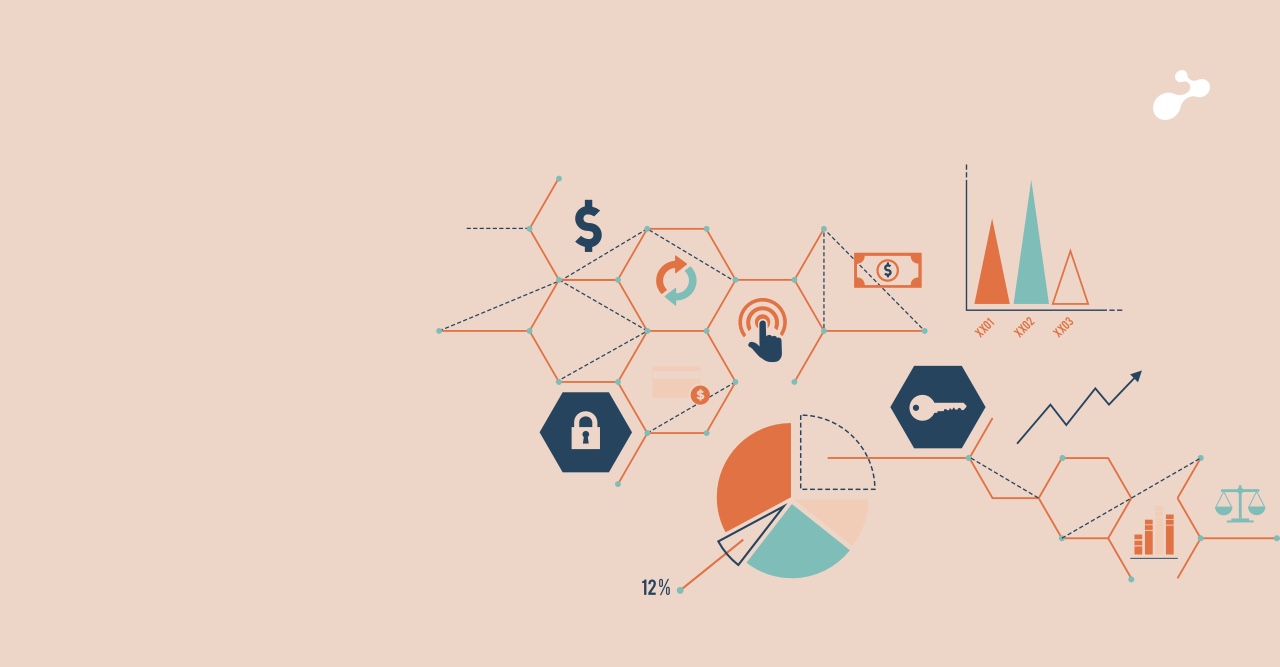Hi friends, by the time I decided to pen down my thoughts, the COVID-19 pandemic has appeared to be at or near middle of the curve. Here we were celebrating the New Year, none of us dreamt that the world was about to go through the worst ever interruption of all times. These times have reminded me the web series had seen called the Pandemic on Netflix.
Every country in the world is going through tough times and their economy has deep dived with a shattering speed. Domestic suppliers as well as suppliers catering to the international market, are both in the same ship, which has become rudderless. Like never before this crisis has affected every nook and corner of the business world, from agriculture to automobile manufacturers, from IT to Hospitality and airline industry.
This crisis has challenged traditional thinking of Business Continuity Planning (BCP). When the picture around us is becoming gloom, a number of industries have dusted their business continuity plans, which were prepared for such times. However, I think this crisis is different than, all those imagined and actions identified to mitigate them in the plan that was developed. Let us relook at this crisis and discuss some positive factors:
- This crisis has not made any damages to the building and infrastructure as in case of fire, earthquakes, storms, floods, riots, and war.
- Almost 100% of people capacity is available for work. For IT industries, people can work from home, so work is not affected to a great extent.
- Internet and telephone services are fairly intact, allowing people to collaborate with each other and clients, to keep business breathing (Definitely for IT industry).
- Though our customers are getting affected badly, this crisis has given an opportunity to think outside the box for innovating different ways, to provide services.
- Mortality in this pandemic is less than 2% and the mortality rate is much higher in the age group of 65+ years. Materialistically speaking, the majority of this group is inactive and has less contribution to the business operations, except leaders in the organizations.
Considering all of the above, it indicates that BCPs conceived by the organizations were mostly addressing localized issues such as, disrupted internet services, people were not be able to reach offices due to disruptions of nature, etc. Majority BCP actions were identified to address these issues and less focus was on globalized events. COVID-19 has raised a question mark on BCP thinking and actions to steer our business clear of the challenges created by it.
I understand there are number of negative factors, however, I would like to look at what innovative approaches we can take to continue our business and bring it to near normalcy as early as possible:
- Never take epidemic in any country or region in our own country, lightly. Start preparing as soon as news of epidemic is made public. We never know when it can become pandemic.
- Imagine a situation where 50% of our team would have become sick and is not able to resume work, even from home. What actions should be taken to onboard new people and get them to speed?
- There will be availability of skilled people due to large scale layoffs. How can we engage the best amongst them?
- What we should do differently to tap and acquire new talent in such situations? Particularly in absence of face to face interactions with the aspiring candidates.
- How can we keep high motivation amongst our team? According to Maslow, people work to fulfill their social needs. When working from home, in most cases fulfilling this need, becomes more challenging. What innovative ways organization can implement to make it happen.
- Remote infrastructure support can become a challenge. What is plan to address this issue?
- Are there any opportunities to reduce the investment in the physical assets like building and workspace? Can we have only meeting places where teams come and meet physically and work from home, most of the time?
- Clients in different countries are shattered due the business scenario around them. What solace can we provide them? Can we come with some innovative business model to keep these clients interested in us?
- What new business opportunities can we identify in such environment? Can we diversify? Can we consolidate?
- In case if this pandemic becomes very severe, all infrastructure support services will tumble down and will only be made available to life saving services. What options do we have to continue our operations?
- Can we take our people with us to fight this challenge, sometimes even at some financial loss to every individual?
New challenges that industry need to brace with when this pandemic gets over can be:
- Maintaining high level of standards of hygiene and cleanliness in the office premises all the time, for lifetime.
- Considering impact on country’s and world economy, pandits are saying that V curve recovery is almost impossible for majority of the industrial sectors. How can we make ourselves sustainable in these difficult times? What are the ways and means to make it happen?
- Some economies might as well register negative GDP growth at least for 2 to 3 quarters, provided COVID-19 pandemic tapers off or ends by end of April. If not, it can get prolonged. What plans do we need to draw to remain afloat
- Domestic and international travel will not be same as it was. Prepare for unexpected delays and sometimes danger of getting quarantined for some period as well.
- Identification of new business opportunities, particularly focusing on healthcare.
- Prepare the organization to acquire and maintain stringent healthcare product or services standards.
- Finding out ways and means to reduce fixed cost by innovative ways of collaboration.
- If rainy season gets delayed (especially for India) shortage of water due to new standards of personal hygiene being followed.
- Compete with mighty sharks as marketplace has shrunk.
It has become urgent and important to identify actions to mitigate these challenges. This list is not complete and depending on the business sector it will change.
Meanwhile we can prepare simple checklist for the actions to be taken within lockdown and after lockdown period. A similar sample checklist can be prepared by the business and groups within it, based on checklist developed by Krysalisco consulting group. Download the checklist here.
Number of such issues can be identified and addressed in the BCP that we develop. Now they are no more only hardware and software issues. Things have changed drastically after this pandemic. I feel, we are not experiencing disruption in our asset realization, however overall business is impacted to great extent. This time we had all 100% asset available to our disposal. Let us relook at our BCPs and modify it with the learnings from this global crisis.
By the time I finished writing and sent it to our team for publishing more worrisome News came out. ICMR published statistics about age demography of Corona infected people in India. I was shocked to see that 42% of the people infected fall in the age group of 41 to 50 years. This can be very devastating and rules out my basic assumption that 100 percent people capacity will be available in future to come. Business need to consider this worst scenario and start taking actions to minimize the impact.


.png)




